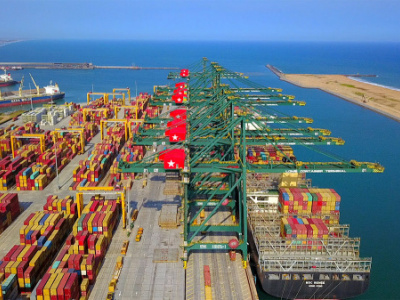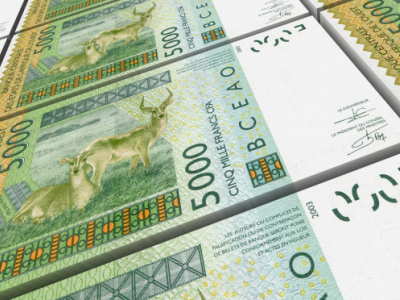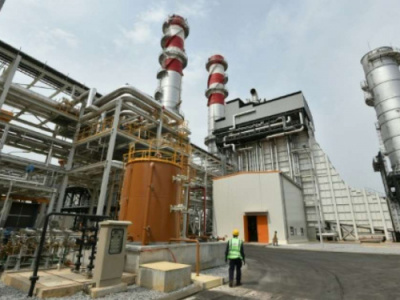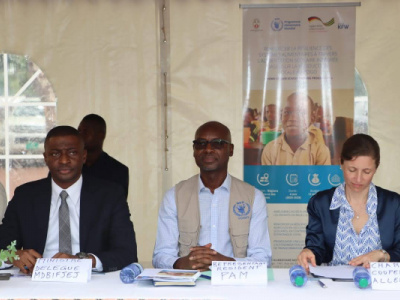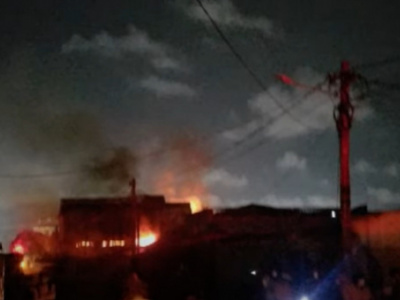Togo: Losses induced by climate hazards stood at CFA26 billion in 2020

(Togo First) - Climate hazards cost Togo CFA26 billion in 2020, due to productivity losses. The figure, equivalent to 1.23% of the national GDP, was released by the Ministry of the Environment. The same year, the country lost 6,900 hectares of arable land and 9,000 tons of yields to flooding.
The ministry disclosed the figures on November 9 in Lomé, ahead of the COP28 Conference which is set to take place from November 30 to December 12, 2023, in Dubai.
"It goes without saying that the phenomenon of global warming will continue to seriously hamper our march towards development and prosperity if nothing is done to change the development paradigm and steer our economies towards a low-carbon development model that is resilient to these changes," said the Minister of Environment.
The worst years in the past decade
According to the National Civil Protection Agency's (ANPC) 2022 disaster risk assessment report, the impact of climate hazards, particularly flooding, worsened between 2018 and 2020.
The country was most affected by floods, storms, and high winds in 2018, 2019 and 2020. The proportion of the the population affected by these phenomena rose by more than 700% between 2018 and 2019, from 2,875 to 24,902 people, and almost doubled, between 2019 and 2020, to 45,361 people, according to the report.
Most affected prefectures
In 2022, the prefectures most affected by climate hazards in Togo were the Bas-Mono prefecture, with 7,989 flood victims; Tône prefecture, with 6,148 victims of floods, fires, and high winds; Lacs prefecture, with 5,127 victims of floods and fires; and Est-Mono prefecture, with 3,441 flood victims.
Nevertheless, in recent years, Togo has strengthened its legal and legislative system relative to the fight against climate change. Last May, the government announced it was ready to pass a law to fight climate change; and a little earlier, it had adopted a bill to boost the country’s carbon storage.
Ayi Renaud Dossavi

